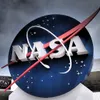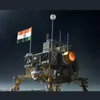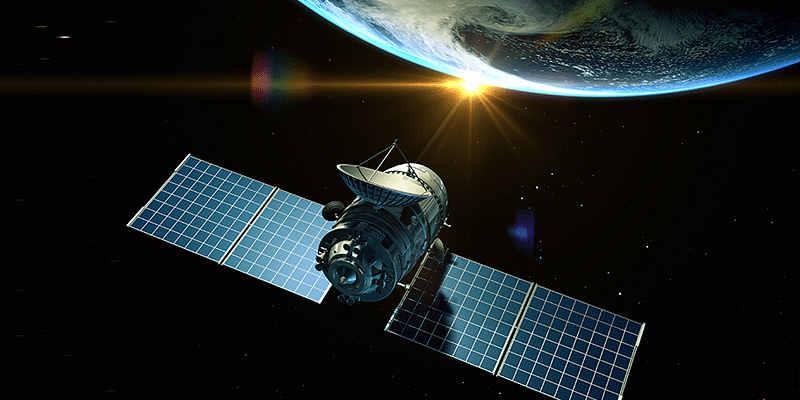
The technology used in space research and exploration is constantly evolving, and the results are visible through the successful missions undertaken by various countries. From Sputnik 1—Earth’s first artificial satellite by the Soviet Union, the first Moon landing made by US astronauts, to now India’s own Moon mission, Chandrayaan 3, and solar mission Aditya-L1 by ISRO.
With technology advancing, we now have a space economy where besides satellites, companies are planning to send humans in space for short trips. We have come a long way since Soviet Union’s Yuri Gagarin became the first space traveller on April 12, 1961.
In April 1981, NASA launched its first Space Transportation System mission (STS-1) and the shuttle carried astronauts John Young and Robert Crippen.
In 1990, the launch of The Hubble Space Telescope improved the understanding of distant galaxies. Soon, the International Space Station (ISS) involving five space agencies of the United States, Russia, Japan, Europe, and Canada was launched in 1998.
Robotics and space science
While robotic missions do not involve human crew members on board, they may be controlled using human elements at varying levels. They can be remote-controlled or have a list of operations programmed into them pre-launch.
From probing planets to getting data regarding the furthest parts of the solar system, some notable missions include Voyager 1, Phoenix, Mars rovers, and Viking landers. Additionally, the Rosetta mission by ESA deployed a lander on a comet orbiting the Sun.
Space tourism and beyond
Space tourism is now becoming a reality, and people can travel beyond.
There are future plans for human missions to Mars and beyond by space agencies like NASA and private companies like SpaceX. In 2022, Elon Musk’s SpaceX started its space tourism with three visitors each paying $55 million.
.thumbnailWrapper
width:6.62rem !important;
.alsoReadTitleImage
min-width: 81px !important;
min-height: 81px !important;
.alsoReadMainTitleText
font-size: 14px !important;
line-height: 20px !important;
.alsoReadHeadText
font-size: 24px !important;
line-height: 20px !important;

Artificial intelligence boosting success
AI is leveraged for planetary exploration, fuel optimisation, automated engine operation in spacecraft, detecting trajectories, and mapping the universe, among others. With its major contribution to data analytics and autonomous navigation in space missions, it has boosted the success rates.
In October 2020, using AI, a team of astronomers at the University of Hawaii created the world’s largest 3D map of the universe utilising data from the Pan-STARRS1 Observatory at Haleakalā, Maui.
In July 2021, Japanese scientists used “ATERUI II,” the world’s most advanced astronomy supercomputer, to reveal the true shape of the universe by removing noise in the data derived from Japan’s Subaru Telescope.
Subsequently, the Artemis rocket launched in November 2022 will use AI to find the best place to walk on the Moon.
.thumbnailWrapper
width:6.62rem !important;
.alsoReadTitleImage
min-width: 81px !important;
min-height: 81px !important;
.alsoReadMainTitleText
font-size: 14px !important;
line-height: 20px !important;
.alsoReadHeadText
font-size: 24px !important;
line-height: 20px !important;

Chandrayaan-3
ISRO’s Chandrayaan-3, which landed on the Moon on August 23, 2023, also saw the integration of AI-powered sensors, cameras, and algorithms that played a crucial role in its safe landing on the lunar surface.
Aditya-L1
ISRO’s Aditya-L1 is India’s first space-based observatory to study the Sun. Launched on September 2, 2023, it is set to reach the Lagrange point (L1), which is 1.5 million km from the Earth.
According to a report by Spherical Insights and Consulting, the global space exploration market size is expected to surpass $1879 billion by 2031 at a CAGR of 16.21%. With the advancement in technology, space exploration is likely to play an increasingly significant role in our understanding of the universe and solving challenges on Earth.
Evolution in the field of space science and technology has also contributed to the development of other practical daily applications such as telecommunication, GPS, remote sensing, weather reports, and storm warnings.








![Read more about the article [Funding alert] Jio Platforms to invest $200M in InMobi’s Glance](https://blog.digitalsevaa.com/wp-content/uploads/2022/02/NaveenImage-Tags1-1632217236894-300x150.png)

